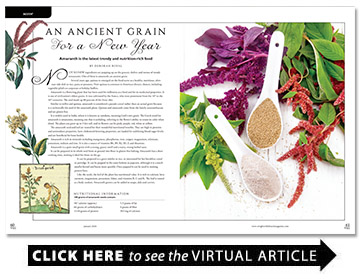An Ancient Grain For a New Year
Amaranth is the latest trendy and nutrition-rich food
BY Deborah Royal
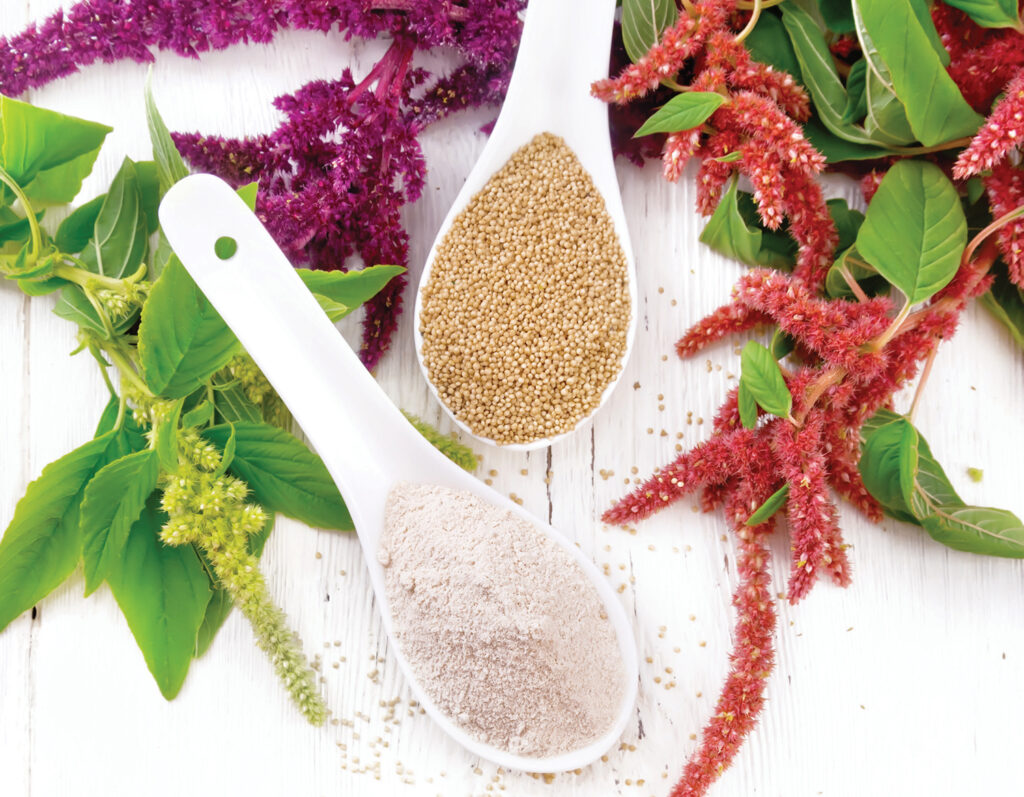
Not so new ingredients are popping up on the grocery shelves and menus of trendy restaurants. One of these is amaranth, an ancient grain.
Several years ago, quinoa re-emerged on the food scene as a healthy, nutritious, alternate side dish to rice, pasta or potatoes. Now quinoa is common in American dietary choices, including vegetable pilafs on corporate or holiday buffets.
Amaranth is a flowering plant that has been used for millennia as a food and for its medicinal properties. It is one of civilization’s oldest grains. It was cultivated by the Aztecs, who were prominent from the 14th to the 16th centuries. The seed made up 80 percent of the Aztec diet.
Similar to millet and quinoa, amaranth is considered a pseudo cereal rather than an actual grain because it is technically the seed of the amaranth plant. Quinoa and amaranth come from the family amaranthaceae and are gluten free.
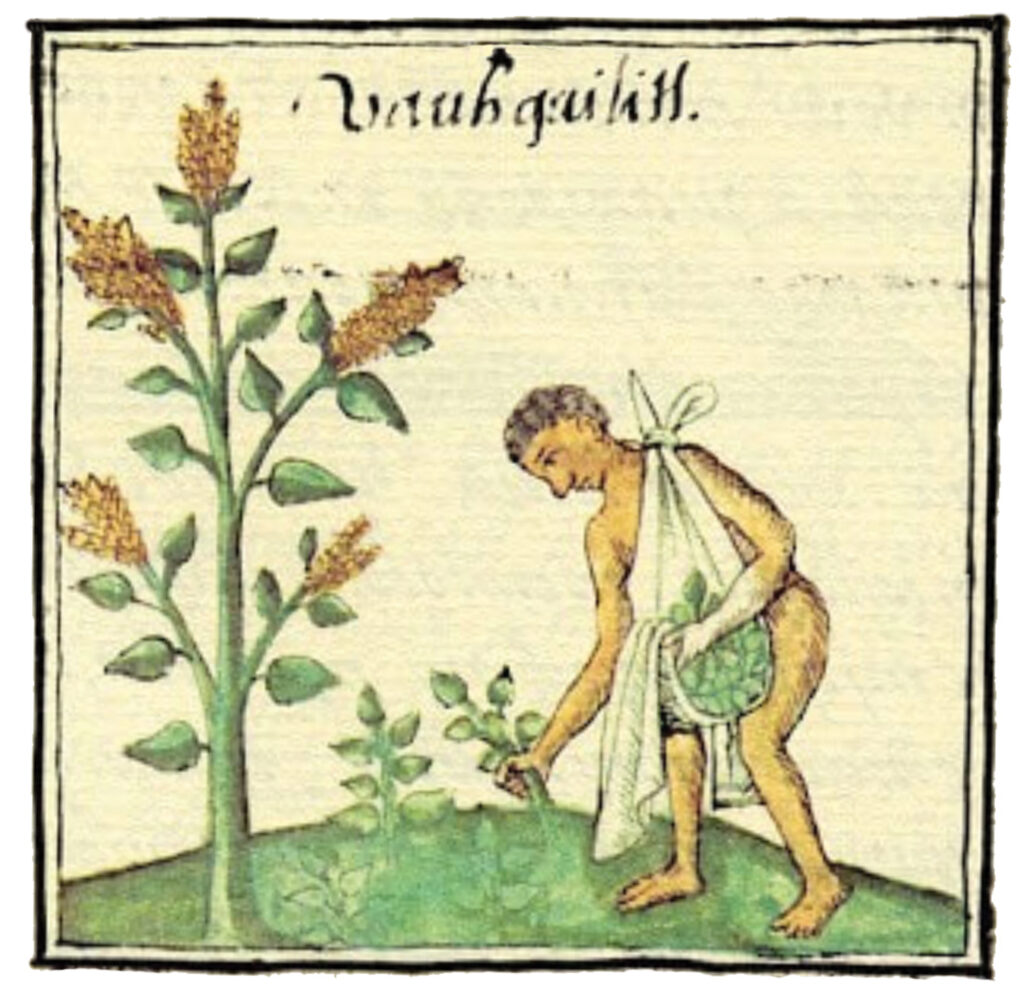
It is widely used in India, where it is known as ramdana, meaning God’s own grain. The Greek word for amaranth is amarantos, meaning one that is unfading, referring to the flower’s ability to retain its color when dried. The plant can grow up to 3 feet tall, and its flowers can be pink, purple, red, white or yellow.
The amaranth seed and leaf are touted for their wonderful nutritional benefits. They are high in proteins and antioxidant properties, have cholesterol-lowering properties, are lauded for stabilizing blood sugar levels, and are beneficial for bone health.
Amaranth is rich in minerals including manganese, phosphorus, iron, copper, magnesium, selenium, potassium, sodium and zinc. It is also a source of vitamins B6, B9, B2, B3, E and thiamine.
Amaranth is a quite small grain with a strong, grassy smell and a nutty, strong herbal taste.
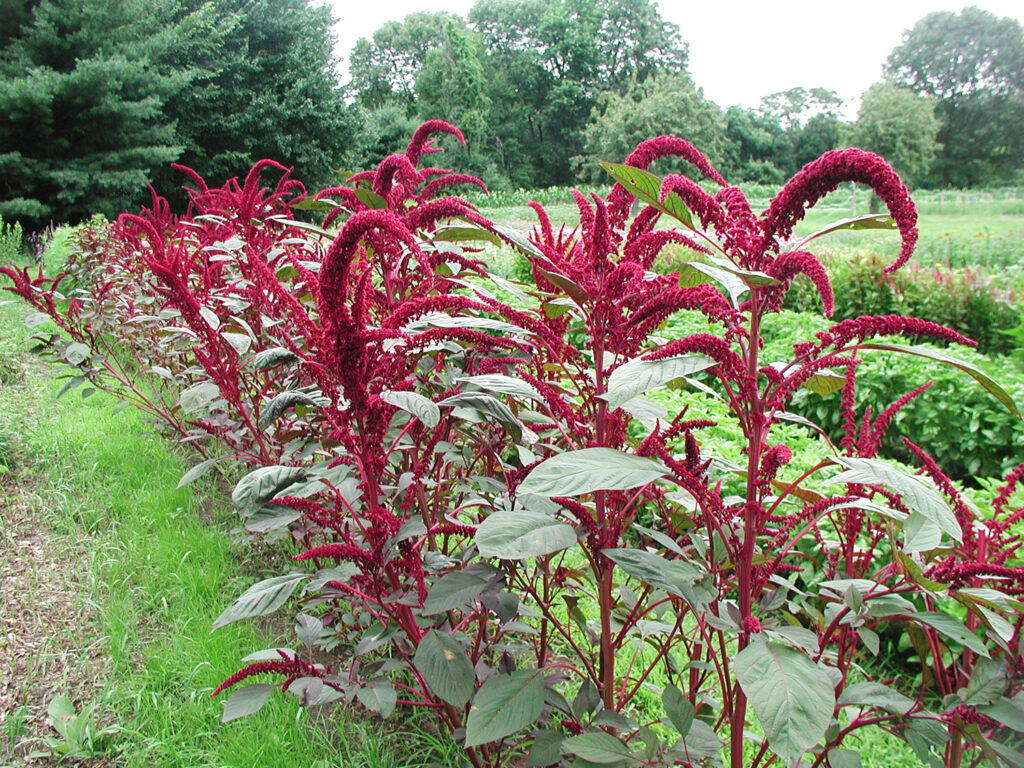
It can be prepared in its whole seed form or ground into flour in gluten-free baking. Amaranth has a short cooking time, making it ideal for those on the go.
It can be prepared as a grain similar to rice, or sweetened for hot breakfast cereal or porridge. It can be popped in the same fashion as popcorn, although it is a much smaller kernel and burns more quickly. Once popped it can be used in making protein bars.
Like the seeds, the leaf of the plant has nutritional value. It is rich in calcium, beta carotene, magnesium, potassium, folate, and vitamins B, C and K. The leaf is touted as a body coolant. Amaranth greens can be added to soups, dals and curries.
Amaranth Nutritional Information
100 grams of amaranth seeds contain:
- 367 calories (approx.)
- 66 grams of carbohydrates
- 13.44 grams of protein
- 5.3 grams of fat
- 4 grams of fiber
- 303 mg of calcium
Amaranth Recipes
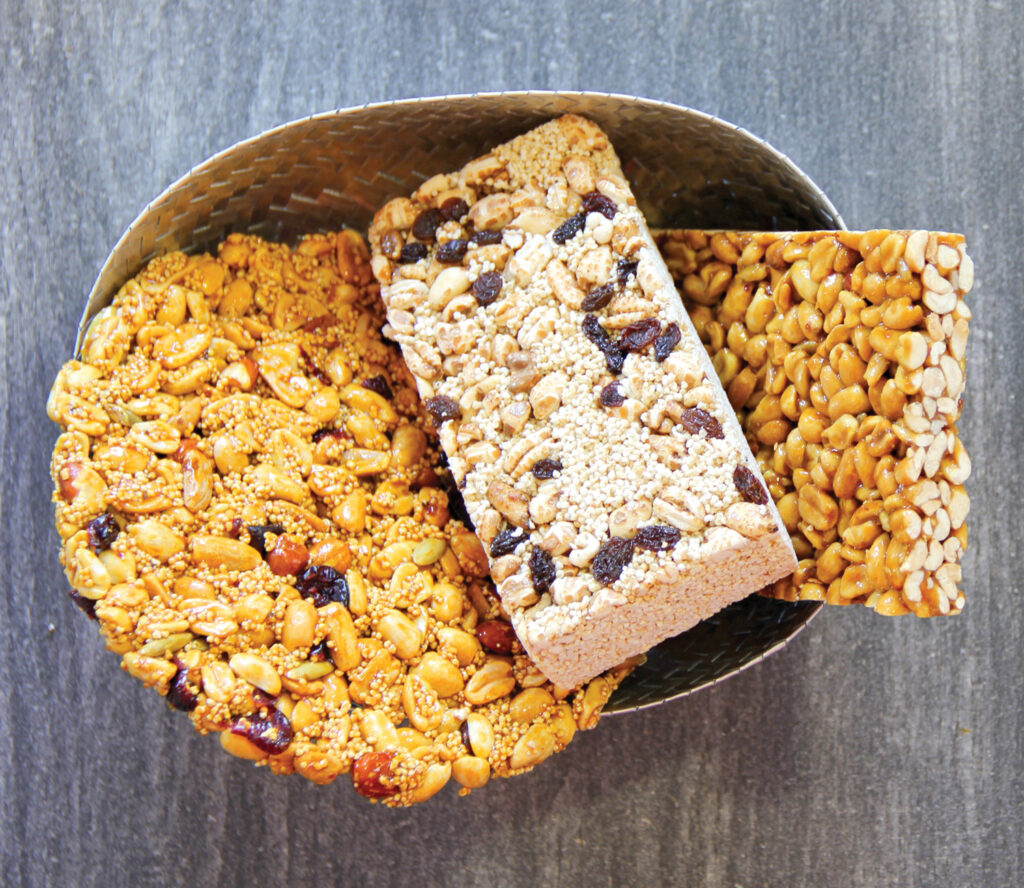
Popped Amaranth
This can be a replacement for popcorn, or added into a grain bar recipe.
Preheat a pot or skillet with a lid over high heat. Add 1 tablespoon amaranth seed. Stir continuously; too many seeds at a time or not enough stirring will burn the seeds. Repeat the process with subsequent tablespoons of seeds.
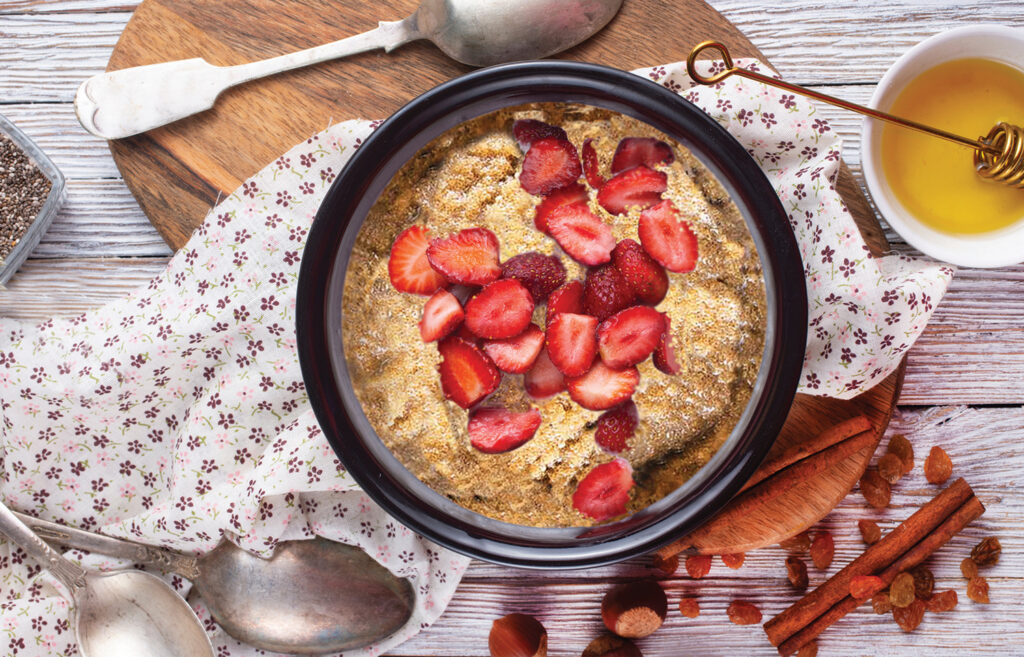
Amaranth Breakfast Porridge
Ingredients:
- 1 cup amaranth seeds
- 2 cups water
Preparation:
Combine the seeds and the water in a pot and bring to a boil. Stir. Reduce heat quickly. Stir. Cover, and simmer on low for up to 25-30 minutes stirring every 10 minutes. Do not let it stick to the bottom of the pan. Add butter, honey, maple syrup, chopped nuts, raisins, milk, a dash of salt, or any other flavoring you would add to oatmeal.
Amaranth Side Dish
Ingredients:
- 1 cup amaranth seeds
- 2.5 cups water
Preparation:
Combine the seeds and the water in a pot and bring to a boil. Stir. Reduce heat quickly. Cover, stir and simmer on low for up to 20 minutes until fluffy or water is absorbed.

